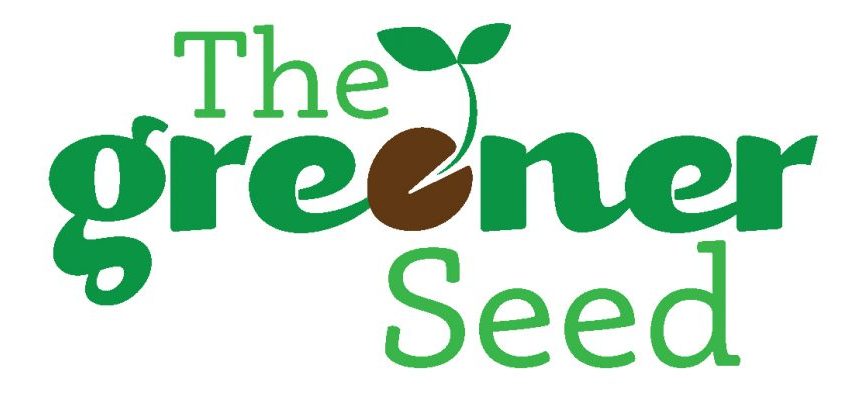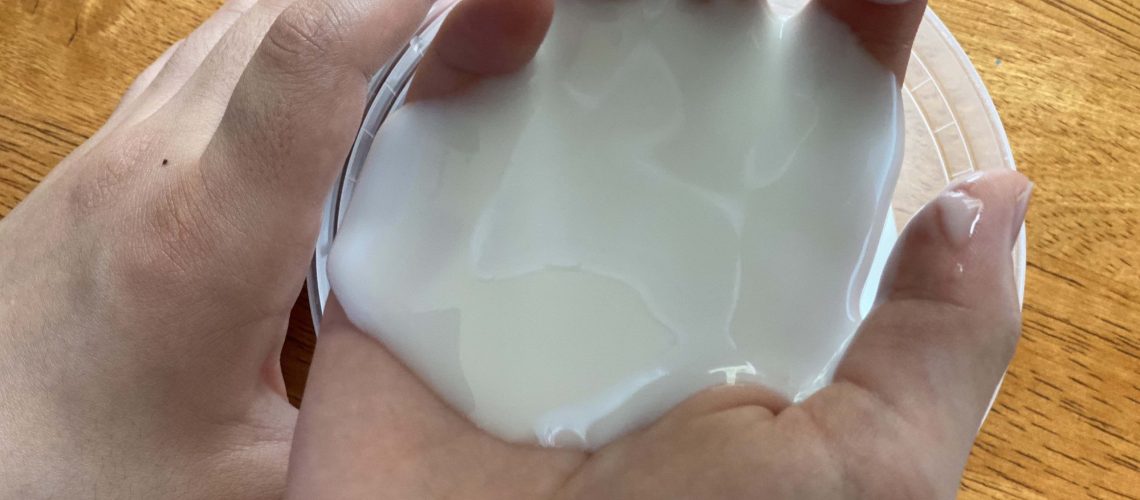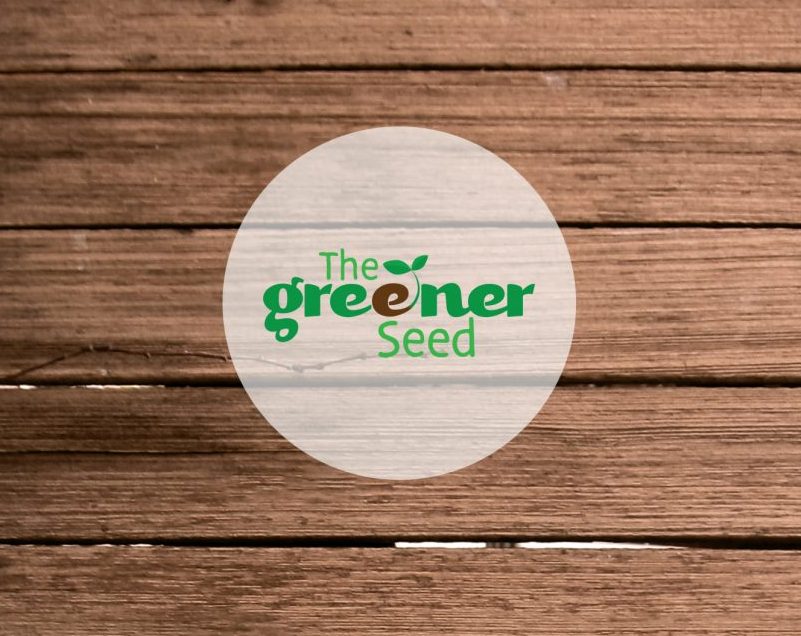We found a replacement for slime that is not only healthier for the environment, but lots of fun! Have you heard of Oobleck? The great thing about using this material is that when you are finished and need to dispose of it, you are releasing water and rice back into the environment instead of glue. Most of us will not take the time to use proper hazardous waste collection, so glue can end up contaminating the soil and eventually the groundwater. Anything that is thrown into your trash bin ends up in your local landfill.
Do you know what happens when we contribute to the landfill? Since more than half of landfill waste is biodegradable, the waste decomposes and produces by products such as carbon dioxide and methane, both of which are greenhouse gases and contribute to global warming. We can all do our part in the seemingly small choices we make each day.
We discovered Oobleck in a science lesson. Here’s a quick summary for science folks: Matter comes in the form of a solid, liquid, or gas. But there is matter that fits into more than one of these categories! Oobleck is a non-Newtonian fluid, a substance that behaves like a solid when pressure is applied but a liquid when no force is applied. This matter simply flows at different rates (different viscosity) depending on the pressure applied.
The best part of all this is you can make a non-Newtonian fluid with ingredients you have at home. The recipe is simple. It’s 2 parts tapioca starch to 1 part water, and mix. When you apply pressure, the tapioca starch particles mash together and act as a solid. As you open your hands, oobleck turns into a slimy goo that runs down your fingers!
When finished, we disposed of our organic tapioca starch and water in the sink. From the drain it travels to the water treatment plants. We attended a field trip at the water treatment plants in our county, and discovered that what goes down your drain is filtered, and eventually cycled back into livestock farms, landfills if necessary, or released into the ocean when appropriate.


